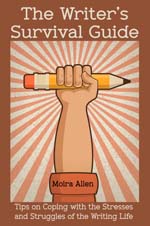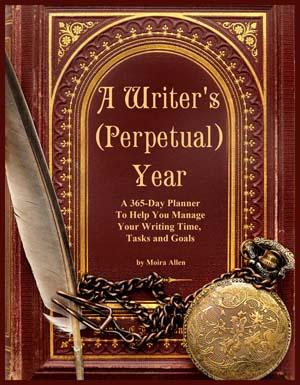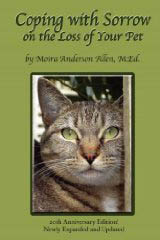 Your Guide to a Successful Writing Career
| |||
|
by Conrad Geller
Yet the best poets of modern times -- Robert Frost, Richard Wilbur, Dylan Thomas among them -- never abandoned the poetic traditions of English verse. Some of their best work is strictly traditional, and when they turned to the demanding discipline of free verse, they did so with the advantages of a thorough apprenticeship in their craft. If you are a developing poet you, too, might be well advised to look at traditional forms. Even if you end up with free verse, as most contemporary poets do, your time spent playing with the forms of poetry will be a grounding in the discipline of language, which, after all, is the raw material of all poetry: "The right words in the right order." The oldest, in some ways the easiest, and surely the most enduring of all poetic forms is the ballad. Ballads, the main vehicle for stories and songs, go back into the mists of prehistory, before English was even recognizably English: In Scarlet Town, where I was born, Nearly as well known is the tale of Sally Brown, who tricked a serial killer into an unguarded moment, enabling her to push him off a cliff into the sea: "Lie there, lie there, you false young man, As these old examples show, the traditional ballad stanza has four lines, alternating between four iambic beats (da-DUM, da-DUM, da-DUM, da-DUM), and three beats (da-DUM, da-DUM, da-DUM) per line. The second and fourth lines rhyme. (In older English, "Allen" was pronounced "Ellen," so the second and fourth lines of the first example would have rhymed for the original singers.) This form, four beats and three, by the way, harks back to the seven-beat line in which the earliest heroic tales like Beowulf (about 750 AD) were composed. Ballads appear all through English literature. Most famous is S. T. Coleridge's The Ancient Mariner: It is an ancient Mariner, Coleridge, of course, like most poets, uses the basic form only as a framework. Sometimes he expands the stanza to six lines or more: An orphan's curse would drag to hell Sometimes he uses internal rhyme in the odd-numbered lines: The fair breeze blew, the white foam flew, Oscar Wilde, in The Ballad of Reading Gaol, about a murderer waiting for execution, skillfully makes the six-line stanza his standard: And all men kill the thing they love, Probably no writer used the six-line adaptation of the ballad form more vigorously or delightfully than Lewis Carroll in The Walrus and the Carpenter: The sun was shining on the sea, Can you do as well? With practice, you can make this four or six-line form a powerful vehicle for your poetry. If you have a story to tell, especially if it's a gruesome or funny one, you might try the ballad as your form. You are likely to find, to your pleasure and surprise, it gives just the tone you need.
This article may not be reprinted without the author's written permission. Conrad Geller grew up in Boston and received his education at the Boston Latin School and Harvard. He has taught in Massachusetts and New York and spent a Fulbright year teaching in London. He has published widely on literature and education. Currently he heads the Committee on Public Doublespeak of the National Council of Teachers of English. His poetry has appeared in many publications, including Bibliophilos, Insight, and Burning Cloud Review. |
| ||
| |||




